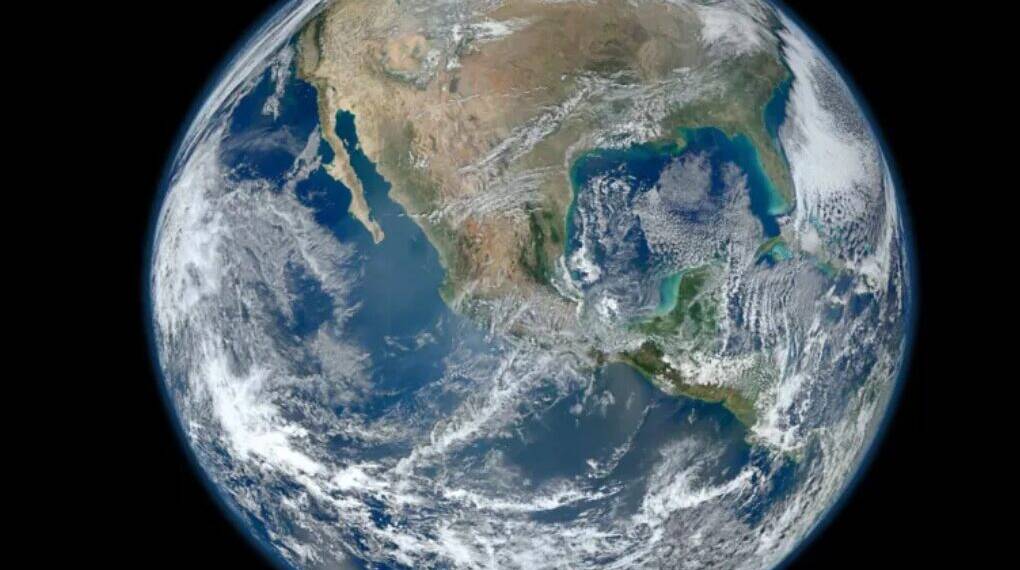In a universe full of uncertainties, Earth’s stability might not be as solid as it seems. New computer simulations of our solar system’s far future suggest that wayward stars passing near the sun could trigger catastrophic chain reactions—potentially flinging Earth into deep space, smashing it into Venus or Mars, or even plunging it straight into the sun.
At the heart of this celestial mayhem? Mercury.
The innermost planet, already known for its eccentric orbit, is even more unstable than previously thought. Due to gravitational nudges from giant Jupiter, Mercury’s orbit can become increasingly elongated. When passing stars enter the equation, the risk escalates, say astronomers Nathan Kaib of the Planetary Science Institute and Sean Raymond of the University of Bordeaux.
Their latest research, submitted to arXiv.org on May 7, introduces the disruptive influence of passing stars into long-term simulations of planetary motion—an element that previous studies largely ignored. And the findings are eye-opening.
How One Planet’s Breakdown Could Doom the Rest
As Mercury’s orbit destabilizes, it often ends up crashing into the sun or Venus. But the real danger comes from the chaos that follows. With Mercury gone or disoriented, the delicate gravitational dance of the inner planets unravels. The simulations show scenarios in which Venus or Mars collide with Earth, or where Earth itself is slingshot into the Sun or ejected from the solar system entirely, thanks to gravitational kicks from Jupiter.
The culprit? Stars that pass within 100 astronomical units (100 times the Earth-sun distance) or move slowly relative to the sun, less than 10 kilometers per second, linger long enough to perturb the solar system’s balance.
A Small but Notable Risk
Thankfully, the likelihood of such a scenario remains slim. Kaib reassures: “None of these things are probable,” noting that the chance of such an event affecting Earth over the next 5 billion years is only about 0.2%. Still, that’s significantly higher than previous estimates.
Renu Malhotra, a planetary scientist at the University of Arizona who was not involved in the study, finds the results both compelling and unsettling. “It’s a little scary how vulnerable we may be to planetary chaos,” she says, suggesting that past stellar encounters might already explain why gas giants like Jupiter and Saturn have slightly elliptical orbits, rather than the near-perfect circles expected from their early formation.
Pluto’s False Sense of Security
Ironically, distant Pluto, which once seemed immune to inner solar system drama, may be at greater risk than Earth. Thanks to a 3:2 orbital resonance with Neptune, Pluto currently avoids any chance of collision, even though it crosses Neptune’s orbit. However, passing stars could knock Pluto out of this protective resonance.
If that happens, the icy world could be gravitationally jostled into collision with a giant planet or flung out of the solar system altogether. Over the next 5 billion years, is the a chance of such a fate? About 4%—a staggering 20 times greater than Earth’s.
The Final Word: Cosmic Chaos Is Rare, But Real
While these scenarios play out over mind-boggling timescales, they highlight just how delicately balanced our solar system truly is. The long-term stability of Earth—and even tiny, icy Pluto—depends not just on local physics, but on the unpredictable path of stars wandering through the galaxy.
And should Pluto be ejected into the void or destroyed in a planetary collision, it might at least settle one debate once and for all: planet or not, Pluto went out with a bang.







